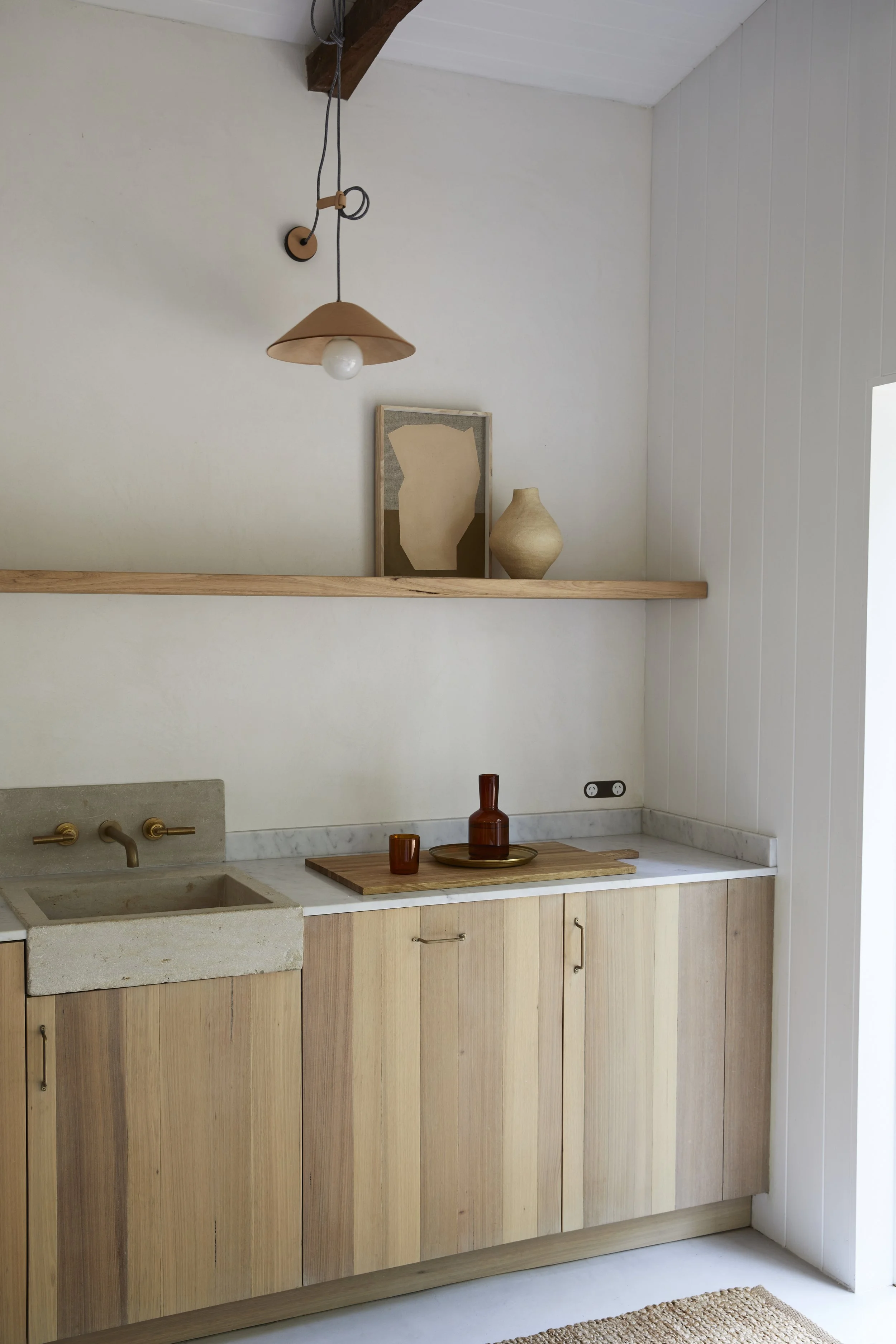Sustainable Design Made Easy: Your Guide To Starting With Confidence
Are you passionate about creating a beautiful home that also embraces sustainable design principles… without adding a huge amount of extra cost to your project?
Do you feel overwhelmed by the idea of sustainable design, unsure where to start or what truly makes a difference?
Come listen to this episode of the Imprint Podcast, where you’ll learn 5 practical ideas that you can incorporate into the design of your home today. These are based on first principles of design – not greenwashing.
It’s never been more important to take action on these ideas. It’s how we can not only help the planet but also create healthier homes, and feel empowered about the choices we make every day.
Whether you're renovating, building, or just looking to make small changes, this episode is packed with insights to help you create a healthier, more sustainable living environment.
Tune in and start your journey towards a more sustainable home today!
~
First Principles in Architecture and Design
First principles are the fundamental concepts or assumptions upon which a theory, system, or method is based. In the context of architecture and design, applying first principles involves breaking down complex problems into their most basic elements and then building up solutions from these core truths.
The First Principles in Architecture and Design:
Understanding the Basic Needs:
Functionality: The primary purpose of the space. What activities will take place here? What are the functional requirements?
Human Comfort: Ensuring that the design meets the physical and psychological needs of its occupants. This includes aspects like ergonomics, lighting, acoustics, and indoor air quality.
Materials and Resources:
Material Properties: Understanding the inherent properties of materials, such as strength, durability, thermal conductivity, and environmental impact.
Sustainability: Evaluating materials based on their life cycle, renewability, and ecological footprint. This involves choosing materials that are locally sourced, non-toxic, and recyclable or biodegradable.
Energy Efficiency:
Passive Design Principles: Utilising natural light, heat, and ventilation to reduce energy consumption. This includes the orientation of the building, window placement, insulation, and thermal mass.
Renewable Energy Integration: Incorporating renewable energy sources such as solar, wind, or geothermal to minimise reliance on non-renewable resources.
Structural Integrity:
Basic Structural Principles: Ensuring that the design can support loads and resist forces such as gravity, wind, and seismic activity. This includes understanding tension, compression, shear, and bending.
Safety and Durability: Designing structures that are safe, resilient, and capable of withstanding environmental stresses over time.
Aesthetics and Form:
Basic Design Elements: Considering form, space, line, colour, texture, and scale. These elements are fundamental to creating visually appealing and harmonious spaces.
Cultural and Contextual Relevance: Designing in a way that respects and reflects the cultural, historical, and environmental context of the location.
User-Centric Design:
Human-Centered Design: Focusing on the needs, behaviours, and experiences of the end-users. This involves empathy, usability testing, and iterative design processes.
Accessibility: Ensuring that the design is inclusive and accessible to people of all abilities.
Economics and Efficiency:
Cost-Effectiveness: Evaluating the cost implications of design choices and seeking solutions that provide value for money without compromising on quality or sustainability.
Resource Efficiency: Optimising the use of materials, energy, and labor to reduce waste and maximize efficiency.
By applying first principles thinking, design can create innovative, efficient, and sustainable solutions that address the fundamental needs of both people and the environment. This approach helps to get back to the fundamentals of what is right and works and can help us focus on creative and effective problem-solving.
Subscribe | Apple Podcast | Spotify
THIS EPISODE FOCUSES ON
Why sustainable design matters for the environment and health.
Breaking down sustainable design into manageable steps
Importance of consuming less and localizing resources.
Functionality and comfort.
Importance of early planning and understanding local regulations.
Incorporating renewable energy sources,
FEATURED ON THIS EPISODE
Natalie Walton’s Styling Masterclass
Design and Decoration Masterclass - Join Here
Podcast production: Yaga Media

